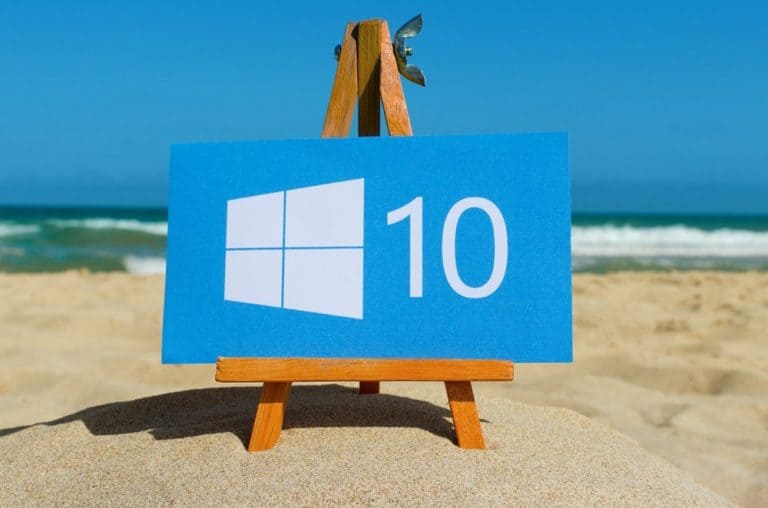Microsoft updates Windows 10 on a regular basis. Every month it releases a bunch of security patches, and twice a year, there is a big rollout, with new features and improvements. Being the first to update your system is not always a wise choice. This is why we explain how to postpone these updates.
Microsoft makes great products, which are mostly software-driven. Windows 10 is one of their biggest products, but also the one that is most complex. The company has been developing Windows since the eighties and code from those years is still being used in Windows 10. When Microsoft makes changes to core parts of the operating system, it can break these old lines of code that are necessary for Windows 10 to operate.
We have seen a few updates where the operating system took the wrong turn. On most systems, Windows 10 would run smoothly, but on certain systems, it would crash or lock up very frequently. It’s hard for Microsoft to pinpoint those problems and usually, it takes a couple of weeks before its fixed. A solution for users is to not update Windows 10 when the update becomes available but to postpone the update for a couple of weeks. By doing that, any big problems will be fixed when before the update reaches the system.
How to postpone updates?
To postpone Window 10 updates do the following:
- Press start
- Click on the settings icon (gear wheel)
- Click on Update & Security
- Click on the Advanced Options link
- Enable the pause updates function, to delay the updates for 35 days.
If you don’t see the Advanced options link, you probably have Windows 10 Home installed. Bad news, the Home-version of Windows 10 will be updated whenever Microsoft has an update available. Only business users with Windows 10 Pro or Enterprise can postpone their Windows 10 updates.
